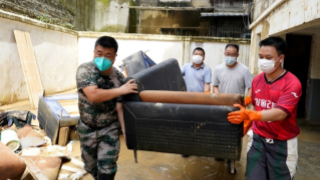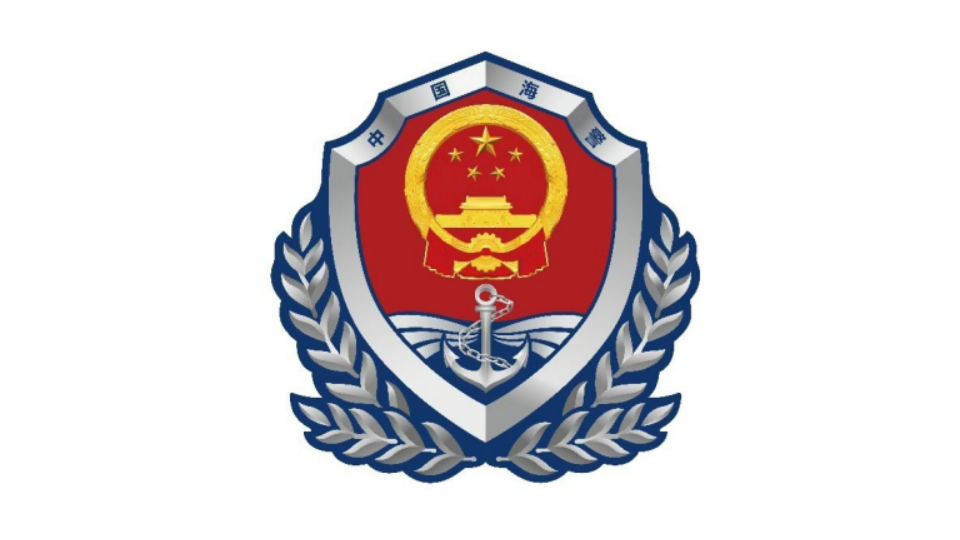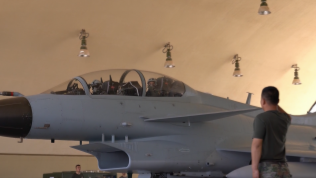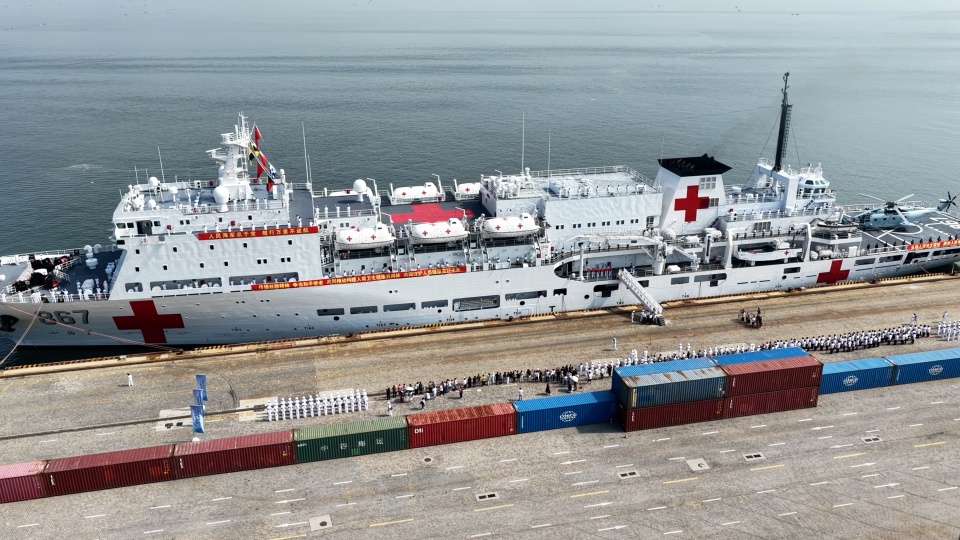By Ye Tianle
Recently, the tensions between Russia and Ukraine have been escalating. On June 1, Ukraine launched large-scale unmanned aerial vehicle (UAV) strikes code-named "Operation Spider's Web" against five air bases in Russian territory, severely damaging Russia's strategic air power. On June 3, the Ukrainian security service applied a new type of underwater blasting tactic to carry out the third precision strike on the Crimean Bridge. On June 8, Ukrainian suicide drones attacked a Russian military train traveling between Donetsk and Zaporizhzhia, causing extensive damage to a large number of equipment, including 13 tanks, seven artillery, and 103 armored vehicles. On the night of June 9, Ukrainian UAVs attacked a defense company in the Chuvash Republic of Russia.
In response, Russia promptly launched its retaliation. In the early morning of June 2, a Russian Iskander missile destroyed the UAV command post on the front of eastern Ukraine. On June 7, a larger scale retaliatory strike was initiated by Russia employing more than 400 drones, 36 X-101 and Kalibr cruise missiles, and eight Iskander missiles to strike many towns and cities in Ukraine, directly targeting defense industrial facilities, military airports, and air defense systems.
Lasting for nearly 1,200 days, the Ukraine crisis has inflicted disastrous damage on both sides. The Ukrainian military lost over 61,000 UAVs and 23,000 tanks and armored vehicles, in addition to more than one-third shrinkage in its economy. On the Russian side, despite its annexation of 18% of Ukrainian territory, it suffered significant loss in equipment and lives.
When Ukraine and its Western allies proposed a 30-day ceasefire across the entire territory in May, the Russian side responded that "Moscow will need to consider the proposal." However, the negotiations have reached a deadlock on three specific issues. Firstly, regarding the duration of the ceasefire, the Ukrainian side asked for a month for rest, while the Russian side only agreed on several days of ceasefire for collecting the remains of fallen soldiers. Secondly, regarding the territory, Russia insisted that Ukraine must recognize Russia's ownership of Crimea and four oblasts of eastern Ukraine, while Ukraine clung to the restoration of the 1991 border. Thirdly, regarding the security guarantees, Russia demanded that Ukraine sign a legal document promising never to join NATO.
The above divergences reflect the underlying irreconcilable strategic goals between the two sides. Russia demanded the elimination of the root cause of the Ukraine crisis, aiming to prevent NATO's eastward expansion and reshape the European security order. On the contrary, Ukraine views territorial integrity as the bottom line of its survival. During the secret visit to Moscow in March by Donald Trump's special envoy Steve Witkoff, the Russian side proposed nine conditions, including the surrender of Ukraine, the cession of territory and demilitarization, and regime change, which were in Kyiv's eyes "surrender terms".
Driven by the fruitless negotiations, the two sides have adopted military attacks as the "alternative language". Ukraine's cross-border attacks are designed to maintain Western aid through demonstration of its resistance ability, while Russia's battlefield advance attempts to force Ukraine to compromise with geographical fait accompli. In June, the Russian forces entered Dnipropetrovsk Oblast for the first time, with the direct objective of establishing a bridgehead on the right bank of the Dnieper River. If the operation succeeded, it would not only cut off the logistical lifeline in southern Ukraine, but also impose significant psychological shock to the Ukrainian people. Instead of diplomatic rhetoric, both sides are lavishing gunshots to drag peace deeper into the fog of uncertainty.
As the top priority, all parties should establish a crisis management mechanism. The international community should call on both sides to exercise restraint with respect to high-risk actions such as UAV attacks on nuclear power plants and strategic bomber bases. For prisoner exchange, handover of fallen soldiers' remains, and other issues on which Russia and Ukraine have reached consensus, their implementation ought to be accelerated to create a demonstration effect.
History has shown that battlefield stalemates would eventually lead to the return to the negotiating tables, but the viable solution must take into account the security concerns of both sides. The vision of common, comprehensive, cooperative, and sustainable security proposed by China and many other emerging countries provides a constructive framework for resolving territorial disputes and security dilemmas.
(The author is from the Institute of Eurasian Studies, China Institutes of Contemporary International Relations.)
Editor's Note: Originally published on china.com.cn, this article is translated from Chinese into English and edited by the China Military Online. The information and opinions in this article do not necessarily reflect the views of eng.chinamil.com.cn.













